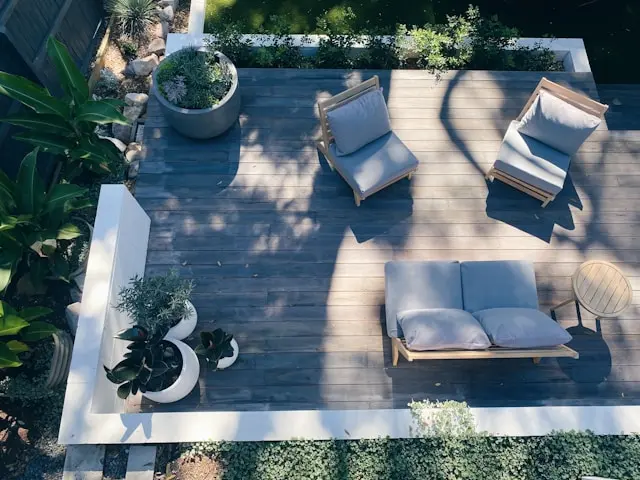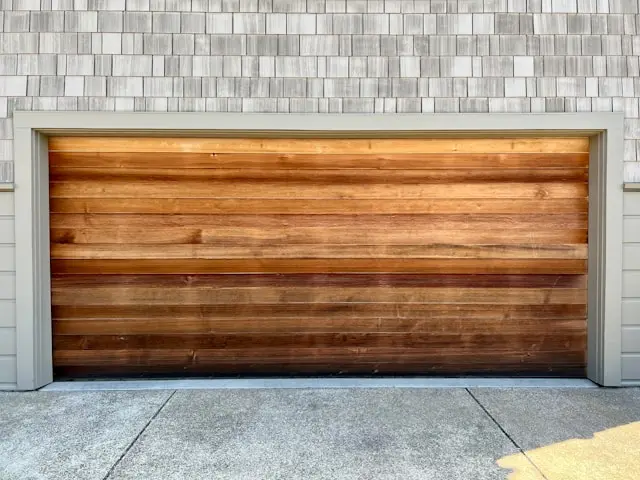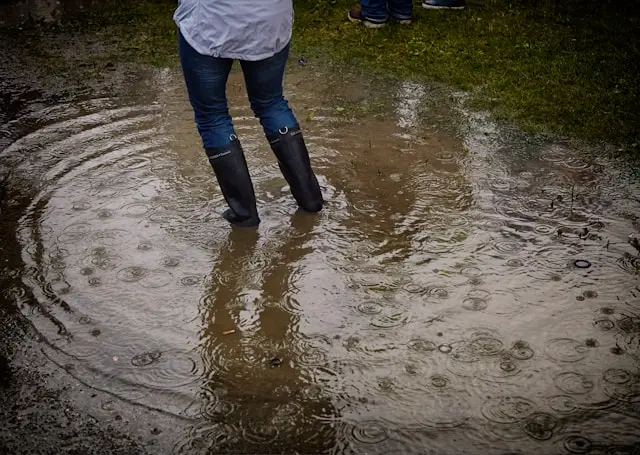Key Takeaways:
- Discover innovative ways to elevate the aesthetics and functionality of your outdoor deck.
- Learn how to incorporate eco-friendly materials and sustainable practices.
- Understand the importance of blending creativity with practicality for outdoor living.
Table of Contents:
- Designing with Nature in Mind
- Choosing Sustainable Materials
- Maximizing Space and Utility
- Comfort and Style: Selecting Furniture and Decor
- Incorporating Water Features
- Lighting for Ambiance and Safety
- Seasonal Use and Weather Considerations
- Community and Trends in Outdoor Design
Creating a deck can be more than just extending your home’s footprint; it’s about crafting an experience. Turning your deck into a versatile outdoor living area harmonizes your lifestyle with the natural world outside. From casual family gatherings to tranquil solitary moments, your outdoor deck is the backdrop for countless memories. This potential for multifunctional space makes decks an essential component of modern home design.
The journey to transform a standard deck into a spectacular space involves a synergy of creativity and functionality. Prioritizing eco-friendly materials and sustainable practices can enhance your deck’s appearance and positively affect the environment. As you explore various design possibilities, you find opportunities to reflect your style through innovative yet pragmatic solutions.
Designing with Nature in Mind
In an increasingly digital world, outdoor spaces offer an essential escape into nature. Integrating your deck into its natural setting can significantly enhance both its visual appeal and your personal experience of the space. Think about drawing inspiration from the natural elements around you—this could involve blending the texture of wooden planks with the foliage of nearby trees or using stones and rocks to create a seamless transition from patio to garden. Aiding biodiversity through deck design can benefit local ecosystems, making the space an extension of your home and an ally of nature.
Choosing Sustainable Materials
Choosing suitable materials is pivotal in crafting a lasting and sustainable deck. The debate between traditional wood and composite materials is ongoing, but weighing the pros and cons of each is critical. While woods such as cedar and redwood bring a timeless appeal, they require regular maintenance to prevent decay. In contrast, composite materials from recycled wood fibers and plastic promise durability and lower upkeep. Furthermore, the growing trend of using repurposed or recycled materials reduces environmental impact and supports innovative designs rich in texture and character.
Maximizing Space and Utility
Spending time outdoors is an enriching experience; maximizing your deck’s functionality can make this time even more fulfilling. Consider using modular furniture that can easily be reconfigured for smaller areas for different activities. Built-in seating can be a practical and space-saving solution, offering plentiful seating while doubling as a storage unit for cushions or outdoor supplies. Vertical features like trellises conserve space and allow for creative expressions like climbing plants, adding life and interest to an otherwise straightforward platform.
Comfort and Style: Selecting Furniture and Decor
Outdoor furniture sets the tone for your deck’s ambiance and should be chosen with an eye for comfort and style. Opt for pieces constructed from weather-resistant materials like teak, eucalyptus, or powder-coated metal. These materials resist the elements while maintaining aesthetic appeal. Cushions and upholstery should also be crafted from fade-resistant fabrics like Sunbrella, which is known for its durability. Consider a balanced color palette that leverages neutral tones with vibrant accents. Personal touches such as throw pillows, outdoor rugs, and decor elements create an inviting, personalized retreat, ideally in step with the surrounding environment.
Incorporating Water Features
Water features aren’t just a luxury but an investment in tranquility and ambiance. The gentle sound of trickling water can transform your deck into a serene sanctuary, providing a counterbalance to the stresses of daily life. While larger installations like ponds require significant planning and maintenance, minor features like tabletop fountains or discreet waterfalls offer a more accessible entry point into water-enhanced deck design. Consider the available space and your willingness to maintain such features when choosing.
Lighting for Ambiance and Safety
Proper lighting is crucial for decorating and extending your deck’s used deck into the evening hours. Strategically place lights along pathways and steps to ensure safety. Solar-powered LED lights are eco-friendly and reduce electrical costs. Lanterns and fairy lights add a whimsical touch and can be easily moved or reconfigured according to different events or moods. The proper lighting can turn your deck into a beautiful space that glows invitingly as the sun sets.
Seasonal Use and Weather Considerations
Your deck should be a year-round retreat, providing comfort throughout the seasons. Protect furniture with quality covers when not in use, and consider installing a pergola or retractable awning to shelter from sun or rain. Put in a heat source such as a portable fire pit or a patio heater to enjoy more relaxed evenings. Consideration for winter months might include snow-clearing solutions, so you maintain access and usage even in cold weather. Proper planning ensures that your deck is not limited to a single season but can be enjoyed year-round.
Community and Trends in Outdoor Design
The world of outdoor deck design is ever-evolving, with new trends emerging regularly. Engaging with online forums and communities can provide fresh ideas and practical tips on the latest advancements in deck design, from innovative technology integrations to sustainable innovations. For instance, intelligent, solar-powered light systems improve deck aesthetics and promote energy efficiency.



